The Smog State: Vehicle Emissions Still Rising in California, Despite Regulations

Despite aggressive regulatory efforts to counter pollution, California emissions from on-road transportation rose by roughly 4.4 million metric tons of carbon dioxide in 2015 vs one year earlier, according to the San Francisco-based non-profit Next 10. The state also had the dubious honor of housing six of the country’s 10 most polluted cities, based on data from the American Lung Association’s annual “State of the Air” report released last April.
While topography plays a major role (cities located in valleys and basins have a tendency to trap air pollutants), much of the problem has to do with Californians driving more. Let’s face it, gas is cheap and public transit options are typically the less-enjoyable option in all but the most densely packed cities. In fact, the Los Angeles County Metropolitan Transportation has seen declining ridership over the last two years — even though the city has a major issue with traffic.
Advocates for stringent fuel economy standards and zero-emission vehicle mandates claim the state should tighten the rules and enforce stricter ordinances. The strategy is something Governor Jerry Brown and California Air Resources Board Chair Mary Nichols both appear to be in favor of.
Next 10’s report, cited by Bloomberg, indicated that motorists have been clocking more miles and state residents have abandoned public transportation. The one-two punch lessened California’s total greenhouse gas emissions decrease for 2015 at less than half the rate of the prior year.
“Transportation sector emissions vastly outweigh other carbon-producing areas of California’s economy,” Adam Fowler, an analyst at Beacon Economics, the research and consulting firm that compiled Next 10’s California Green Innovation Index, said in a statement. “The recent spike should alert policy-makers that despite our best efforts, more must be done.”
The spike accounted for a 3.1 percent increase in tailpipe exhaust from motor vehicles in 2015. But total greenhouse gas emissions fell by roughly 0.34 percent, according to the report.
With the Trump administration hoping to roll back Obama-era emission agreements, California has dug in its heels — vowing to maintain present-day goals, regardless of what the restructured Environmental Protection Agency decides to do. In March, the California Air Resources Board voted unanimously to move ahead with progressively stricter tailpipe emissions laws, along with a separate mandate that requires automakers to sell more zero-emissions vehicles within the state.
“What were you thinking when you threw yourself on the mercy of the Trump administration to solve your problems?” Nichols asked automakers leading up to the vote.
President Trump issued a soft promise to industry executives at the beginning of the year, explaining he would convince the EPA to weaken existing regulations to defend American jobs and bolster automotive productivity. Currently under review, the EPA is expected to make a final decision on the rules by year’s end.
However, in spite of California’s longstanding zero-emission vehicle mandates, transportation still accounted for 38.5 percent of the state’s total emissions in 2015 — much more than any other sector. Last year, Governor Brown signed legislation requiring the state to reduce its CO2 emissions to 40 percent below 1990 levels before 2030.
[Image: Union of Concerned Scientists]

A staunch consumer advocate tracking industry trends and regulation. Before joining TTAC, Matt spent a decade working for marketing and research firms based in NYC. Clients included several of the world’s largest automakers, global tire brands, and aftermarket part suppliers. Dissatisfied with the corporate world and resentful of having to wear suits everyday, he pivoted to writing about cars. Since then, that man has become an ardent supporter of the right-to-repair movement, been interviewed on the auto industry by national radio broadcasts, driven more rental cars than anyone ever should, participated in amateur rallying events, and received the requisite minimum training as sanctioned by the SCCA. Handy with a wrench, Matt grew up surrounded by Detroit auto workers and managed to get a pizza delivery job before he was legally eligible. He later found himself driving box trucks through Manhattan, guaranteeing future sympathy for actual truckers. He continues to conduct research pertaining to the automotive sector as an independent contractor and has since moved back to his native Michigan, closer to where the cars are born. A contrarian, Matt claims to prefer understeer — stating that front and all-wheel drive vehicles cater best to his driving style.
More by Matt Posky
Latest Car Reviews
Read moreLatest Product Reviews
Read moreRecent Comments
- Bd2 If I were going to spend $ on a ticking time bomb, it wouldn't be for an LR4 (the least interesting of Land Rovers).
- Spectator Wild to me the US sent like $100B overseas for other peoples wars while we clammer over .1% of that money being used to promote EVs in our country.
- Spectator got a pic of that 27 inch screen? That sounds massive!
- MaintenanceCosts "And with ANY car, always budget for maintenance."The question is whether you have to budget a thousand bucks (or euro) a year, or a quarter of your income.
- FreedMike The NASCAR race was a dandy. That finish…
















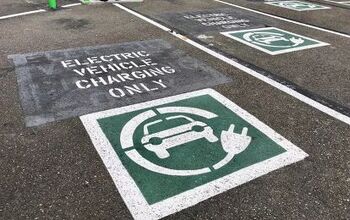

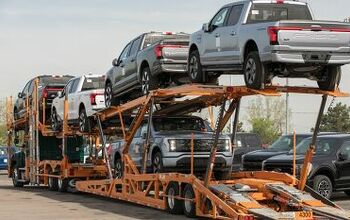

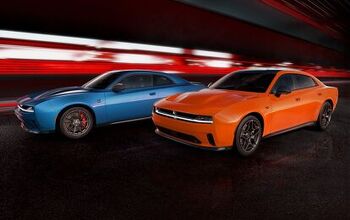
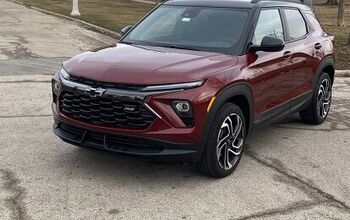
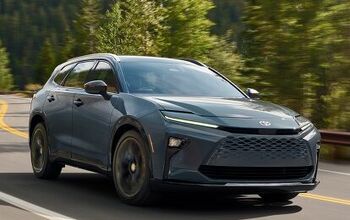
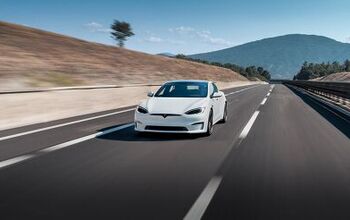
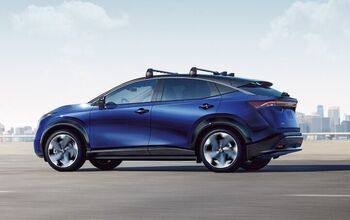
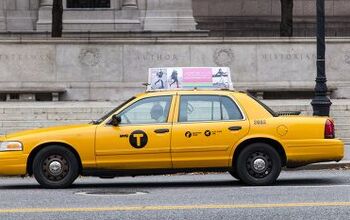
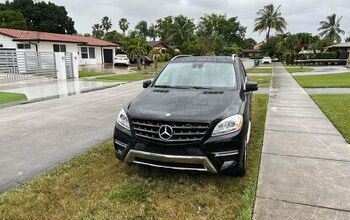


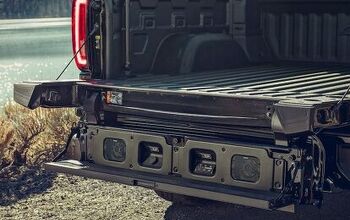
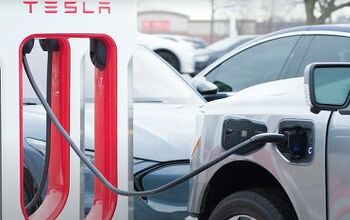
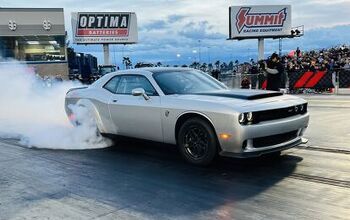
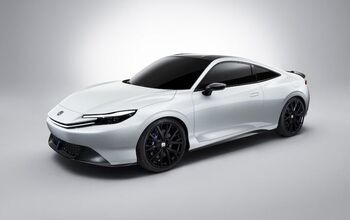

Comments
Join the conversation
Smog, the unhealthy byproduct of mixing fuel and fire. What do we call the unhealthy byproduct of mixing science and politics?
California... In the words of Harry Reid, "The War is Lost" Time for the Lex Luthor Solution to the California Issue